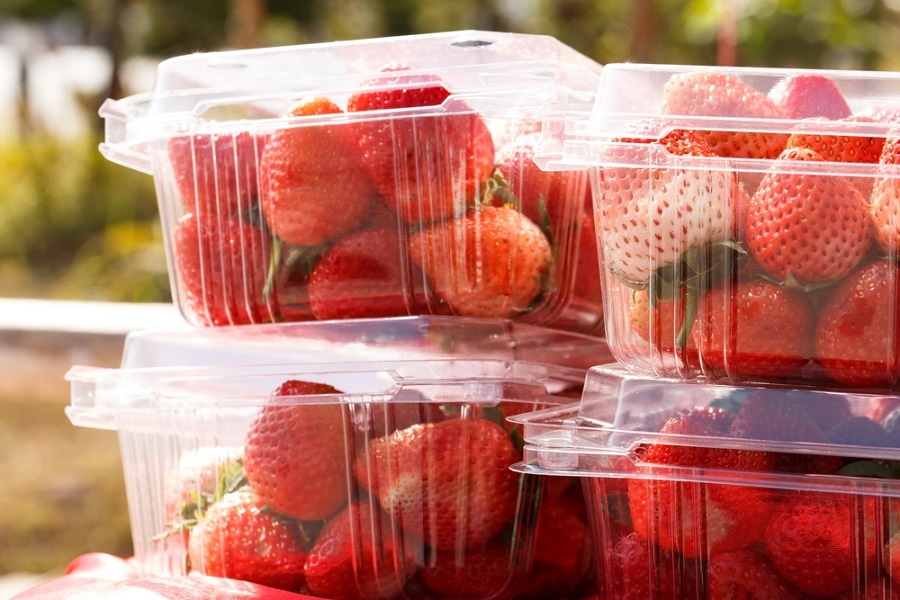Jul 20 2016
According to a presentation at the symposium at IFT16: Where Science Feeds Innovation, “intelligent packaging” will soon be used in a wide range of food packaging to describe package features that provide information such as freshness, shelf life, and quality. The symposium was hosted by the Institute of Food Technologists (IFT) on July 18.
 Image Credit: Komson Loonprom | Shutterstock
Image Credit: Komson Loonprom | Shutterstock
"We need consumer-friendly sensors for products that say, “Hey, this food is fresh and safe to eat, or it isn’t." We’re very close to being able to do for a multitude of foods." says Claire Sand, an adjunct professor of packaging at Michigan State University and owner of Packaging Technology & Research.
Intelligent packaging is currently being used on a few food products and medicines. Due to the interest of minimizing food wastage, this concept is likely to spread fast in the near future, says Sand.
Sand explains that time-temperature indicators are already there and are used a lot, mainly on seafood packages to make sure the items are safe. Time and temperature are taken into account as they are linked to deterioration. For example, chicken or fish simply left on the counter will deteriorate faster than those placed in the freezer or refrigerator.
New degradation sensors function far better than the time-temperature indicators as they really measure the deterioration of the product. These sensors can be incorporated into the packaging to spot decay and assist in minimizing food wastage. For example, a whole package film could change color when there is occurrence of specific chemical reactions such as food decay, Sand says.
Time temperature indicators or degradation sensors could also be little tags that change color when the product is no longer consumable. In certain cases, the fading of the bar codes act as an indicator to refrain from purchasing that food item, says Sand
In the United States around 30% of food is wasted between manufacture and consumption, Sand says.
Giving consumers clear direction on what food is still good and what food is past its shelf life will reduce food waste, which is a huge problem in the United States and other countries.
Claire Sand, Michigan State University
As the cost of food rises, it is important that customers have a way to evaluate the quality of food they purchase, Sand explains.